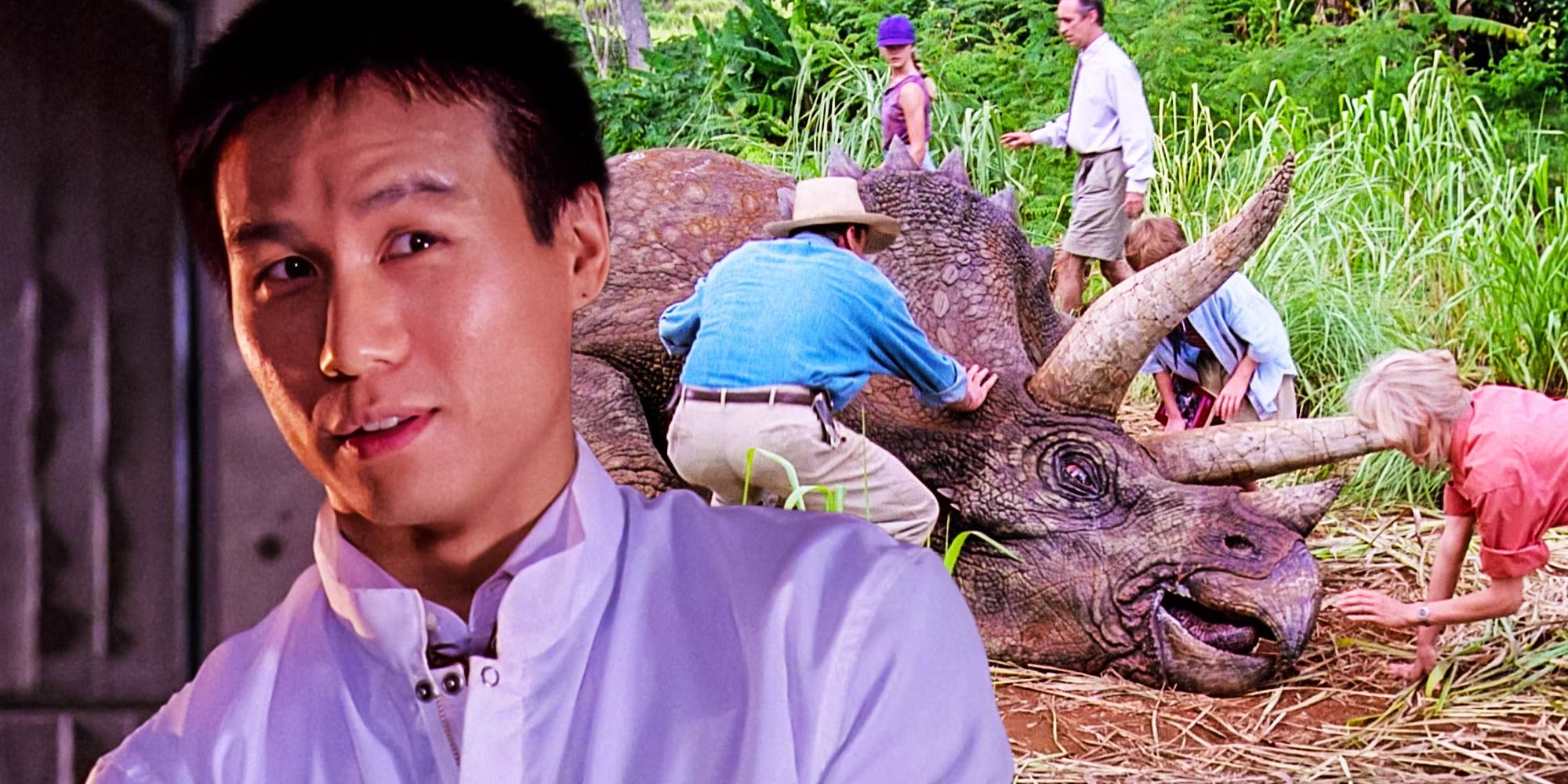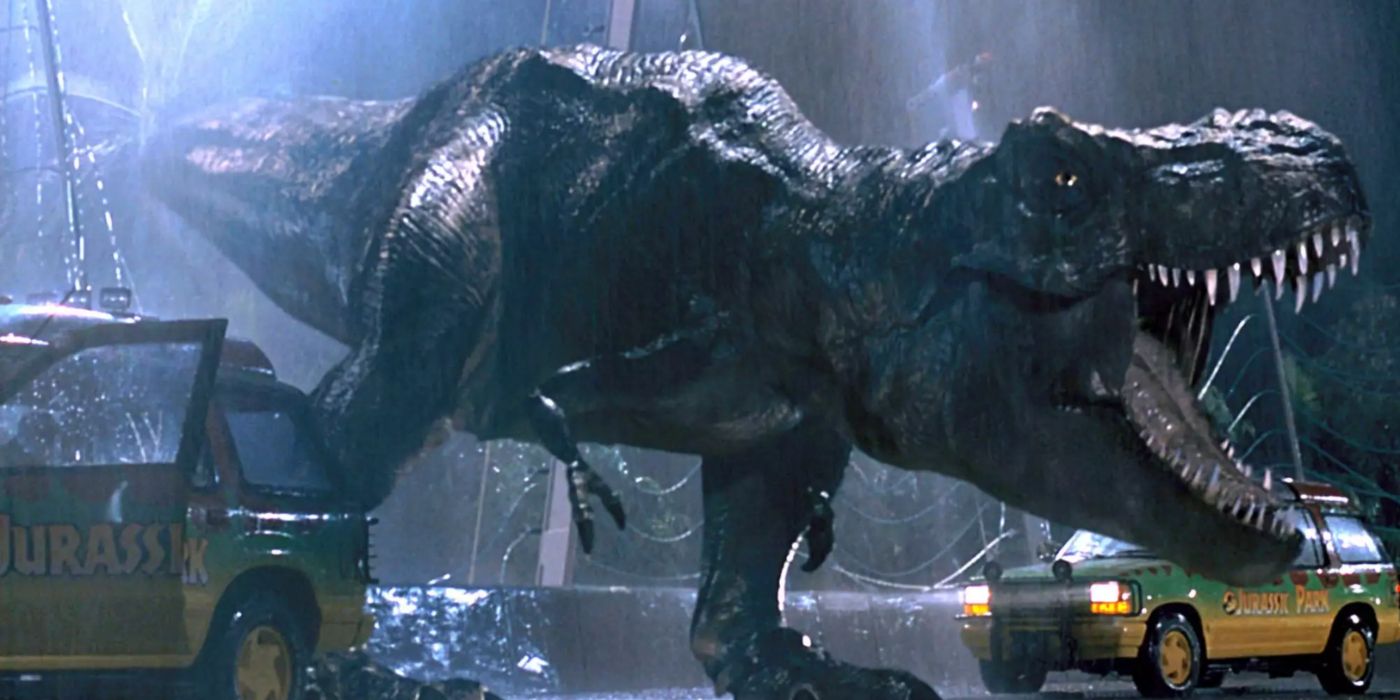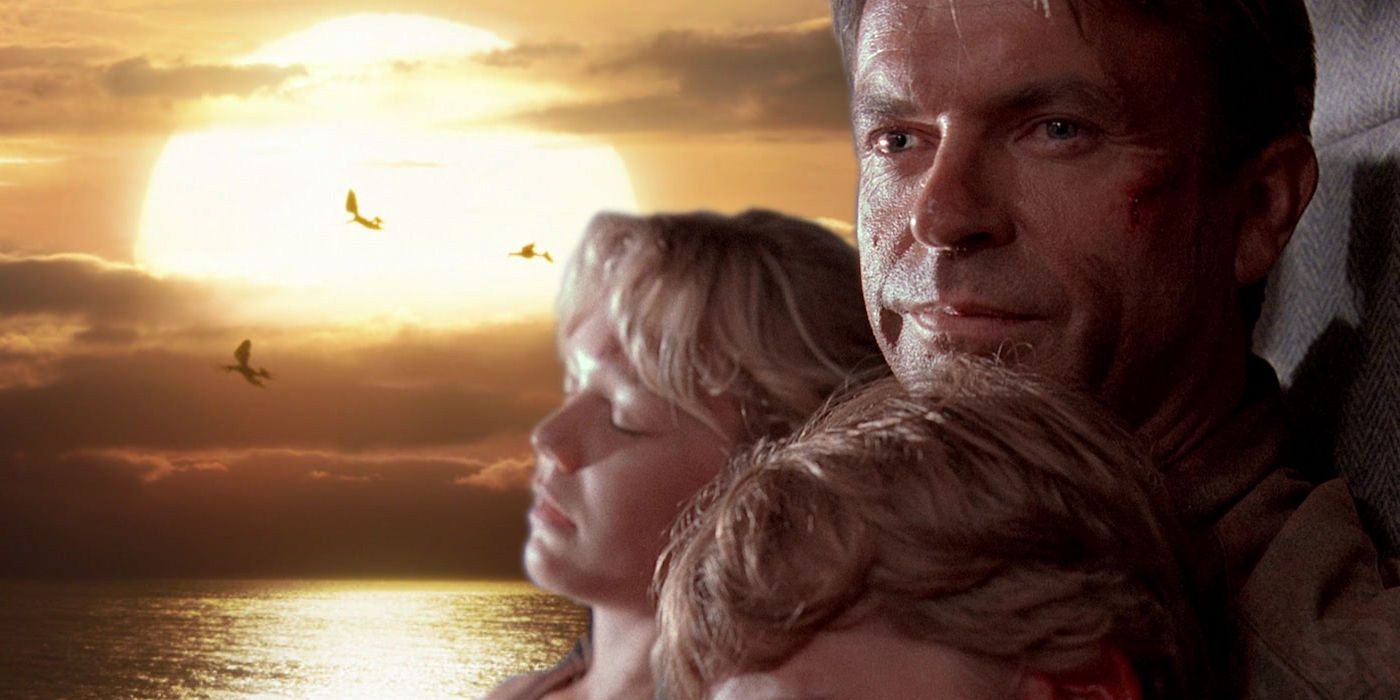While Jurassic Park’s sequels ended up becoming increasingly absurd as more dinosaurs escaped, the original novel had a way of avoiding this goofy plot line. Jurassic Park was a tense, terrifying thriller about a theme park gone wrong, but the movie’s sequels grew gradually more silly and far-fetched until they barely resembled the 1993 blockbuster. To be fair, director Steven Spielberg’s original Jurassic Park was significantly softer than the Michael Crichton novel of the same name that the movie was based on.
However, even Jurassic Park’s goofiest moments were a far cry from Jurassic World: Dominion’s Fast and Furious-inspired dinosaur/motorcycle chases. The original Jurassic Park did, though, unintentionally set up these absurd developments by cutting a vital plot point from the book. In the original novel Jurassic Park, the dinosaurs were badly engineered and repeatedly got sick, often dying. Hammond was far from an unblemished genius and, crucially, his team was barely keeping the park and its attractions together. Even the T. Rex was covered in sores because of allergies. While it is present via the sneezing brachiosaurus, Jurassic Park pretty much ignored this subplot to the franchise’s detriment.
Why Jurassic Park Needed Its Secret Original Dinosaur Design Flaw
If the Jurassic Park movies had followed the books by making the dinosaurs incapable of survival without supervision, the franchise wouldn't have had the ridiculous escalation that ultimately derailed most of its sequels. The most underrated Jurassic Park sequel, Jurassic Park III, is the one that comes closest to recreating the lone-location appeal of the original movie, while even Spielberg’s own sequel The Lost World features the silly sight of a T. Rex rampaging through a densely populated city. This twist never worked since viewers could naturally intuit that the dinosaurs shouldn’t be so comfortable adapting to human environments, even though the Jurassic Park movies avoid the specific details of how the clones are kept alive.
In the original novel, the dinosaurs need lysine injections every seventy-two hours just to survive, a revelation that would have rendered many of the more far-fetched sights seen in later sequels impossible. The question of how The Lost World’s T. Rex escaped the cargo hold was already stretching credulity in the first place, and the news that the dinosaurs weren’t originally able to survive even in their manufactured environments makes this plot hole all the more egregious. The dinosaurs of the Jurassic Park movies were always more threatening when contained to a remote theme park, and this unexplained question of their invulnerability was a big part of that.
Jurassic Park Was Always Designed To Be 1 Movie
Many of the details that Jurassic Park cuts from the original novel make more sense when viewers remember that the blockbuster was not designed to spawn a franchise. Jurassic Park’s self-contained ending didn’t necessarily invite sequels, so there was no need for the adaptation to spend valuable screen time explaining why the dinosaurs would be feeble and prone to disease if they escaped their island enclosure. However, as the franchise grew and, particularly, when the movies took their action to the mainland, this became a real issue for the Jurassic Park series as the dinosaurs survived increasingly unlikely situations and found themselves in ever more ludicrous scenarios as a result.



